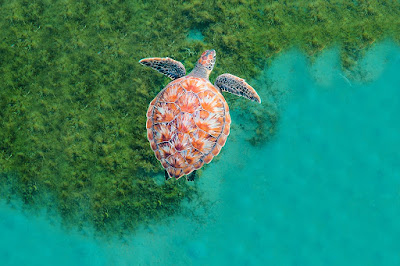Where have all the songbirds gone?

Faraaz Abdool, birder and author of Casual Birding in Trinidad and Tobago, looks at the plight of seedeaters and caged songbirds. (All photos courtesy Faraaz Abdool) Bullfinch, chat, and chicki-chong; robin, picoplat, and twa-twa – these were household names only a generation ago. Today, “bird-men” struggle to keep their tradition of caged songbirds alive in the face of dwindling supply and changing attitudes. Proper examination of this tradition and its consequent trade necessitates a journey back in time to the very beginning of our short history on these bountiful islands. European colonists arrived here before ornithologists did and in the void of knowledge regarding the Neotropical ecosystem, ascribed colloquial names to many of the native species of birds. Typically, only species of “interest” would attract a name. For example, the Pale-vented Pigeon is locally known as “ramier”, which is French for wood-pigeon, a European bird also extensively hunted. In addition to b...



